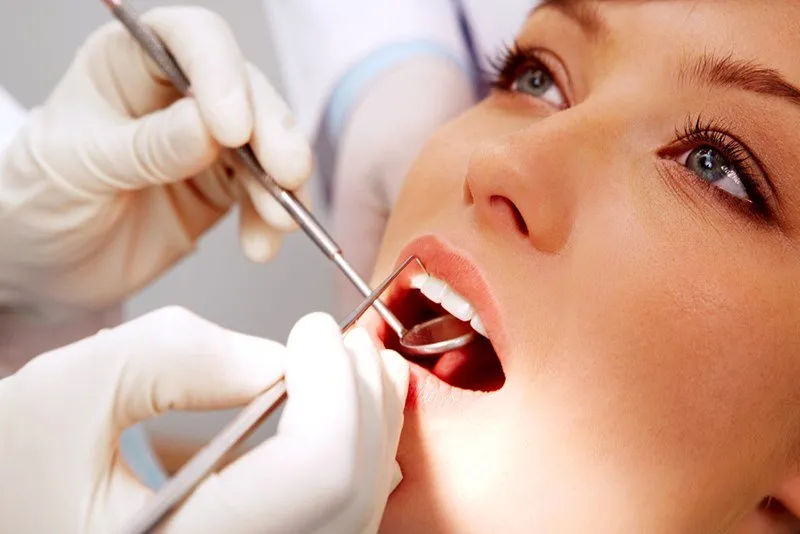People should visit the dentist every six months for preventative care. These twice-yearly visits typically include an examination of the teeth and mouth, X-rays and a cleaning. Teeth can get plaque build-up even in individuals who brush them after every meal. The cleaning gets rid of this debris. Most patients do not have major discomfort during dental cleanings, but some experience tooth pain afterward.
Root planning involves smoothing the root surfaces and taking out any infected areas. This process is necessary in people with gum disease who develop deep pockets around their teeth. The pockets collect tartar deposits that have to be removed. The deep cleaning may be uncomfortable, but it is necessary to get rid of potentially harmful bacteria. People with sensitive teeth may feel some tooth pain during a deep dental cleaning. Their gums may also hurt, depending on the depth of the pockets they have developed.
Prevention:
People who are especially sensitive or who have severe gum disease can prevent pain by asking for anesthetic. The dentist can inject a numbing drug to eliminate both tooth and gum pain. Topical anesthetics can also be applied, but they only reduce gum pain. The teeth will still feel sensations because the numbing agent does not have a deep enough reach.
Time Frame:
Tooth pain from a dental cleaning is usually limited to the time frame of the cleaning itself. Hot or cold temperatures will cause tooth pain until the effect wears off, and the gums may also be sore. Over-the-counter pain killers are usually sufficient to manage the discomfort.

